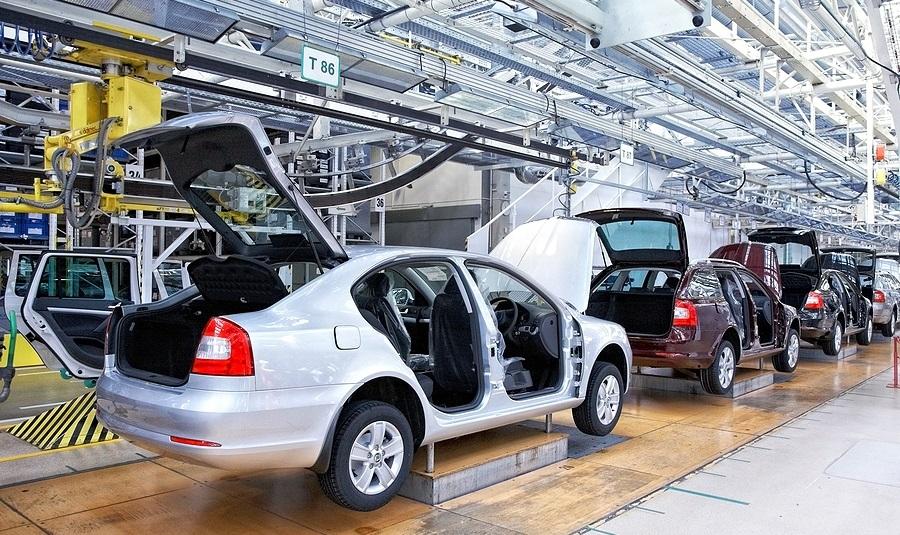Steel Markets

April US Auto Sales Highest Since 2006
Written by Sandy Williams
May 4, 2015
US automotive sales finished April at a seasonally adjusted annual rate of 16.4 million. Sales were slightly below expectations but still the highest April sales level since 2006.

Sales of the new Ford F-150 were up 8 percent with plant change over and ramp up continuing.
General Motors announced it will invest $5.4 billion in plant improvements during the next three years. GM says the “investment translates to GM investing in U.S. operations about $5 million a day or $150 million every month for the next three year.”

Sandy Williams
Read more from Sandy WilliamsLatest in Steel Markets

CRU: Sheet import demand softens as domestic price gains have slowed
US domestic sheet price gains have begun to slow as previously pulled-forward demand has led to a decline in orders.

CMC looks beyond Arizona micro-mill woes to long-term viability of construction mart
Despite the economic and geopolitical upheaval of the last five years, CMC President and CEO Peter Matt points out that the construction market has been an essential element of the way forward.

US importers face stricter rules under revamped S232 tariffs
“CBP expects full compliance from the trade community for accurate reporting and payment of the additional duties. CBP will take enforcement action on non-compliance," the agency said in a March 7 bulletin.

Steel exports rebound in January
US steel exports recovered to a five-month high in January after having fallen to a two-year low in December. This growth follows four consecutive months of declining exports.

Construction spending drops marginally in January
Construction spending edged down slightly in January, slipping for the first time in four months. The US Census Bureau estimated spending at a seasonally adjusted annual rate of $2,196 billion in January, down 0.2% from December’s downward revised rate. The January figure is 3.3% higher than a year ago. January’s result, despite the slight erosion, […]

